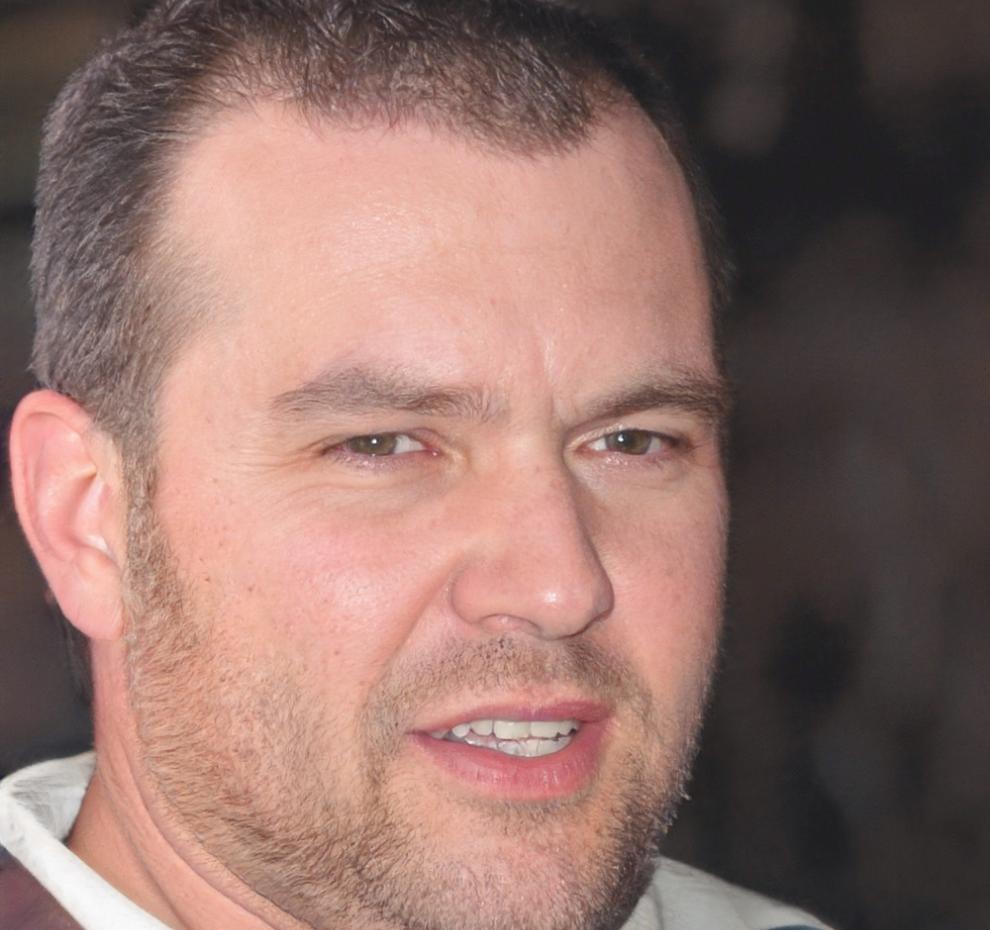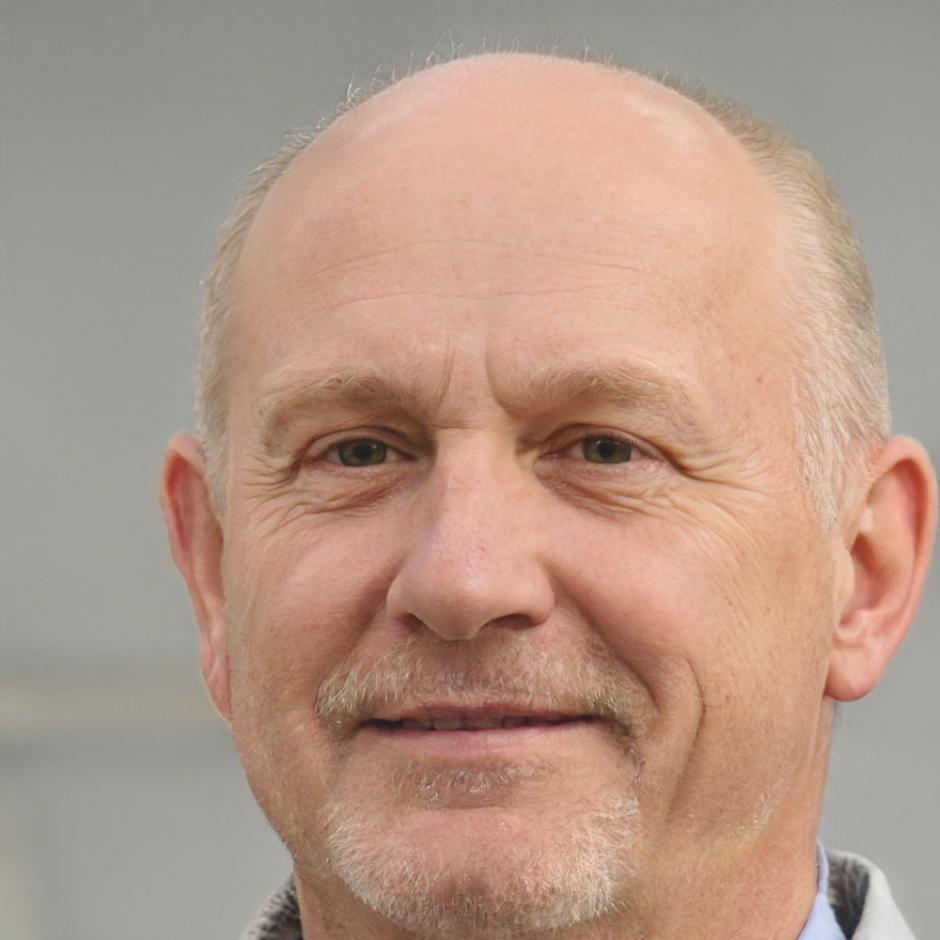Design Education That Works
Our UI/UX program brings together people who actually want to get better. You'll work on real projects with other designers, get honest feedback, and build something worth showing. Classes start September 2025.
Reserve Your Spot

Finnian Byrne

Tobin Lindqvist
Design Happens in Groups
Working alone sounds nice until you realize you're stuck with your own perspective. Our sessions put you with other designers who see things differently. And that's when you start catching things you'd normally miss.
Weekly Group Reviews
Every Tuesday and Thursday. You present work, get questions, make it better. Simple but surprisingly effective.
Paired Projects
Real briefs from Taiwan tech companies. You'll work with a partner to solve actual problems they're facing right now.
Open Studio Hours
Drop in Saturdays when you need another set of eyes. Usually 4-6 people show up and things get interesting.
Design Community Access
Join meetups, portfolio nights, and design events happening across Hsinchu and Taipei throughout the year.
Program Comparison
How We're Different From Other Options
People often ask what makes this program different from watching YouTube tutorials or joining a bootcamp. Fair question. Here's an honest comparison of what you actually get.
| Feature | Self-Learning | Online Bootcamp | Signal-Bond Program |
|---|---|---|---|
| Real Client Projects | |||
| Weekly Group Feedback | Limited to forum posts | In-person sessions | |
| Taiwan Design Community Access | |||
| Portfolio Development Support | Self-guided | Template-based | Personalized guidance |
| Flexible Learning Schedule | Rigid deadlines | Evening/weekend options | |
| Local Industry Connections | Hsinchu/Taipei network |